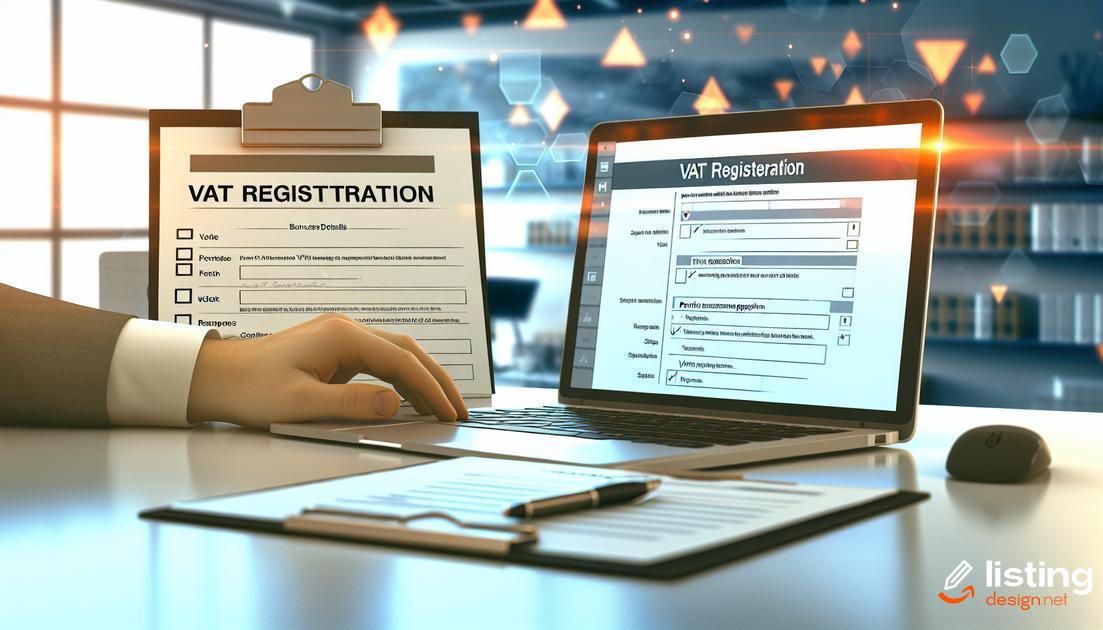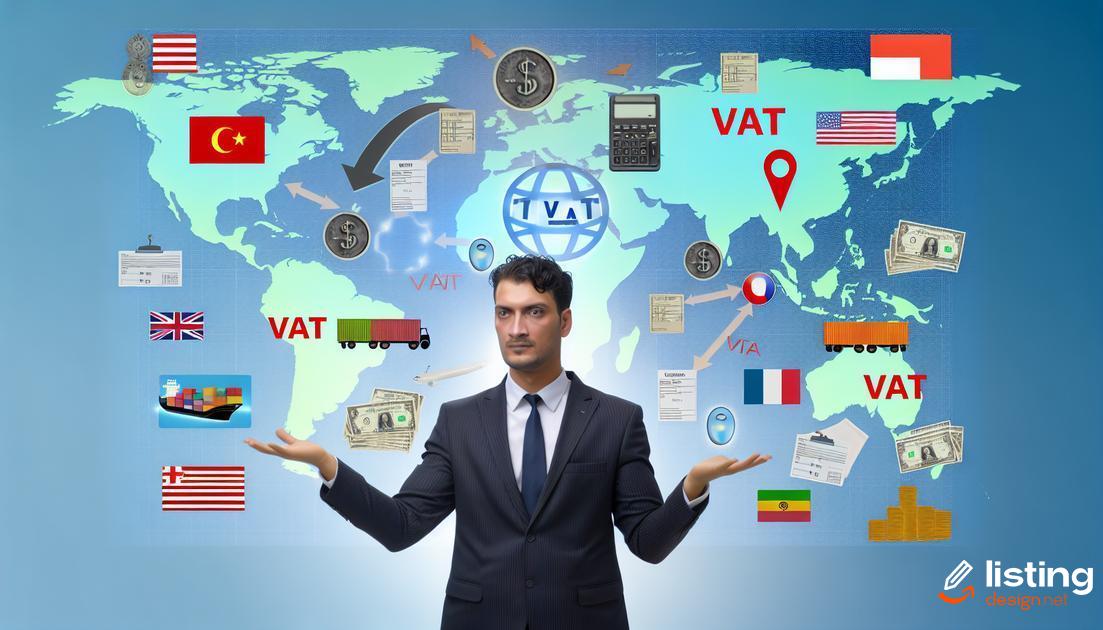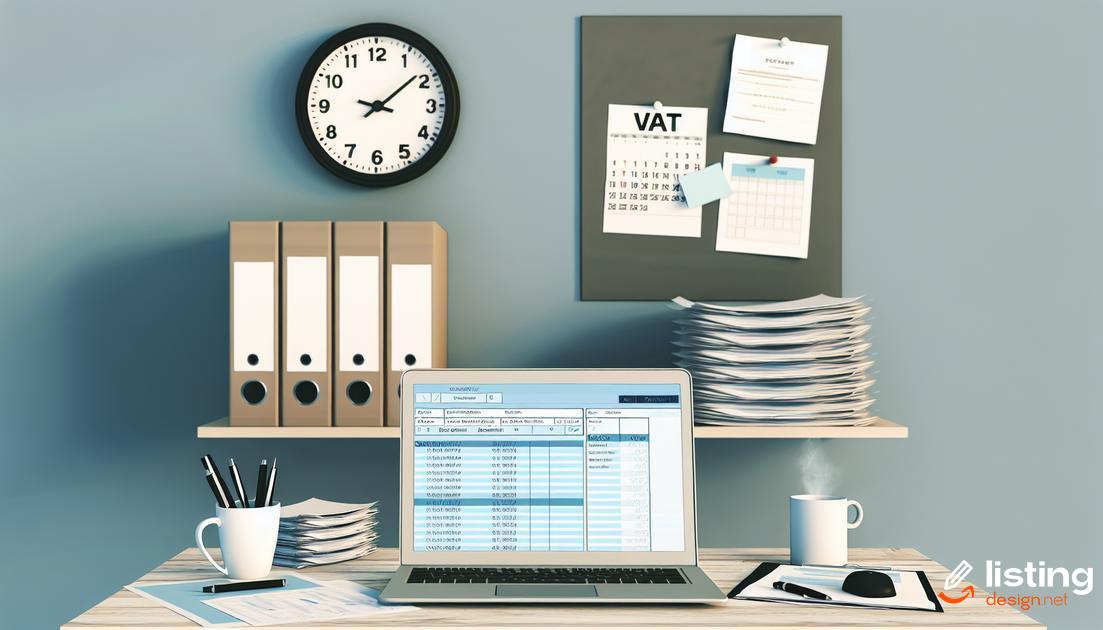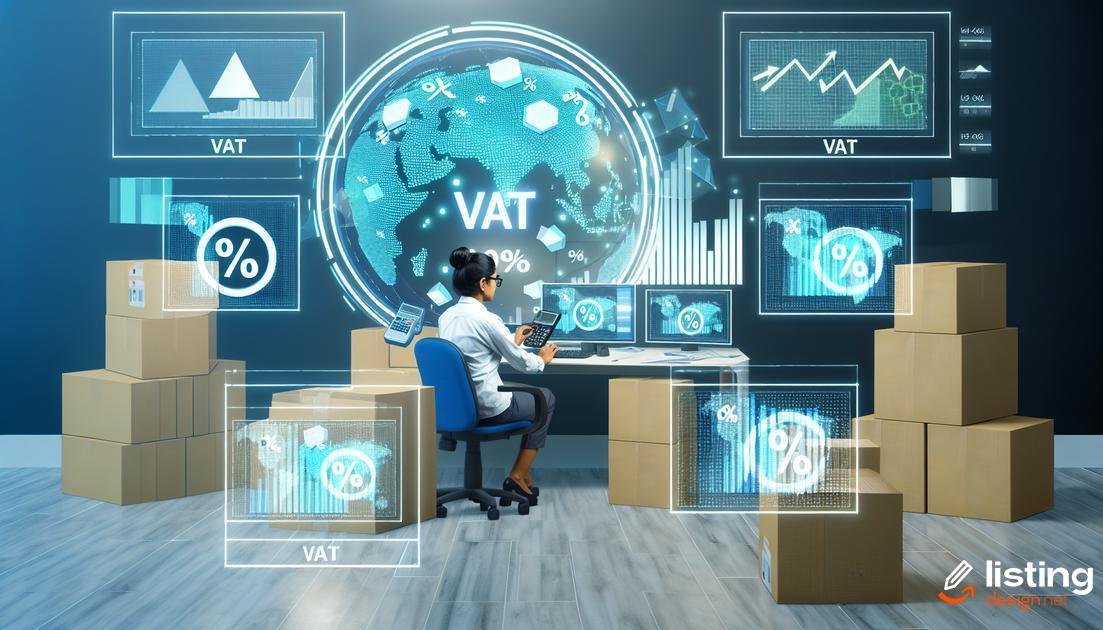As an Amazon seller, understanding Value Added Tax (VAT) is crucial for your business’s success. ‘Amazon seller VAT explained’ is often a topic of confusion, but it doesn’t have to be daunting. In this article, we will break down everything you need to know about VAT, from registration to compliance, and help you navigate the complexities with ease. Stay informed and avoid common pitfalls that could disrupt your sales and profits.
Table of Contents
What is VAT and Why It Matters for Amazon Sellers
Value Added Tax (VAT) is a consumption tax calculated on the value added at each stage of the production and distribution process. For Amazon sellers, it’s imperative to understand VAT because it directly impacts pricing, profit margins, and compliance with legal obligations. Depending on the country, VAT rates vary and can significantly affect your bottom line.
Importance of VAT Compliance
Not adhering to VAT regulations can lead to severe penalties, including fines and legal repercussions. For Amazon sellers, this can mean not only financial loss but also suspension of selling privileges on the platform.
Impact on Pricing Strategy
Amazon sellers need to account for VAT when setting prices to ensure they remain competitive while covering tax obligations. This is especially crucial for international sellers who need to navigate varying VAT rates across different markets.
Understanding VAT allows sellers to strategically manage their finances, ensuring compliance and optimizing profitability. Knowledge of VAT is a vital component in the toolkit of any successful Amazon seller.
How to Register for VAT as an Amazon Seller

To register for VAT as an Amazon seller, follow these steps meticulously. First, visit your country’s tax authority website and locate the VAT registration section. Most tax authorities offer an online registration process, which is straightforward and guided.
Gather necessary documentation: You’ll need to provide various documents such as your business registration certificate, proof of identity, and possibly your bank details. Be prepared to upload these documents during the registration process.
Next, fill out the online forms with accurate information about your business. This includes your business name, address, and type of goods you sell. Paying close attention to detail here will help avoid delays or rejections of your application.
Submit the application: After filling out all the required information and uploading your documents, submit your application for review. The review process can take anywhere from a few days to several weeks, depending on your country’s tax authority.
While waiting for approval, ensure that you maintain accurate records of all your transactions. This is crucial as you may need to provide additional information or clarification during the review process.
Once your registration is approved, you’ll receive a VAT number. This number must be included on your invoices and other relevant documents. Remember to update your Amazon Seller account with this VAT number to ensure compliance with marketplace regulations.
Start charging VAT: Begin charging VAT on your sales as required by your country’s regulations. Make sure you understand when and how to apply different VAT rates to your products.
Understanding VAT Rates and When to Apply Them
VAT, or Value Added Tax, varies across different countries and can have a significant impact on your business. For Amazon sellers, understanding the appropriate rates is crucial. VAT rates can differ based on the type of goods or services, as well as the country where the transaction takes place. The standard rate might apply in most cases, but reduced rates or exemptions could also be relevant, especially for essential goods or specific industries.
Standard VAT Rates
Each country within the EU, for example, sets its own standard VAT rate, which typically ranges from 17% to 27%. In the UK, the standard rate is 20%, whereas in Germany, it’s 19%. Knowing these rates helps you price your products appropriately and stay compliant.
Reduced VAT Rates
Many countries also have reduced rates for particular items, such as children’s clothing, food, and books. These rates are lower than the standard rate and vary from 5% to 15%. For example, Spain has a reduced rate of 10% for certain goods and services.
Zero Rates and Exemptions
Some goods and services are zero-rated or exempt from VAT. Zero-rated items include children’s clothing and most food items in the UK. Exempt goods are those where VAT isn’t charged at all, like educational services.
When applying VAT rates, it’s vital to consider where the customer is located. Transactions within the EU have specific rules, and selling to non-EU countries involves different regulations. Ensure you’re updated on the latest VAT laws to avoid any compliance issues and optimize your tax obligations.
VAT Responsibilities When Selling Internationally

Understanding Your VAT Obligations
Selling goods internationally requires a strong grasp of VAT obligations in different countries. Each country has its own VAT rates, registration requirements, and filing processes. As an Amazon seller, you must evaluate the VAT laws in each country you sell to. Know the Thresholds Different countries have different VAT thresholds. If your sales exceed the prescribed limit in a country, you must register for VAT there. It’s essential to monitor your sales and stay updated about threshold changes. Collecting VAT from Customers When you sell internationally, you’re responsible for charging the correct VAT rate to your customers. You may need to display the VAT amount separately at the checkout or include it in the listed price. Filing and Paying VAT After collecting VAT from your customers, you must file returns and pay the collected VAT to the respective tax authorities. The frequency of filing returns can vary by country, so it’s crucial to adhere to the specific timelines. Cross-Border VAT Rules Understanding cross-border VAT rules is vital. Some situations may require you to pay VAT in multiple countries or adjust your filing method to comply with international rules. Utilize reliable tools and resources to stay compliant with these complex regulations.
Common VAT Mistakes Amazon Sellers Should Avoid
Incorrect Tax Rates: Failing to charge the correct VAT rate for different products can lead to fines and complications. Always verify the VAT rate for each item you’re selling.
Missing VAT Deadlines: Not filing your VAT returns on time can result in penalties. Set reminders and use software tools to keep track of deadlines.
Poor Record Keeping: It’s essential to maintain comprehensive records of all your transactions. This includes invoices, receipts, and VAT documentation.
Not Understanding VAT Exemptions: Some products are exempt from VAT. Make sure you know which items qualify for these exemptions to avoid charging VAT incorrectly.
Ignoring VAT When Selling Internationally: When you sell to different countries, the VAT rules can change. Make sure you understand and comply with the VAT requirements of each country you sell to.
Failing to Register for VAT When Required: Depending on your sales volume, you might need to register for VAT in certain jurisdictions. Not doing so can lead to substantial fines.
Overlooking Reverse Charge Mechanism: In some cases, the buyer is responsible for paying VAT, not the seller. Being unaware of these scenarios can result in incorrect VAT charges.
How to File VAT Returns Efficiently

Necessary Documentation
Ensure you have all required documents at hand, such as sales invoices, purchase invoices, and VAT records. This will help streamline the filing process.
Deadlines
It is crucial to know the deadlines for VAT return submission. Late filings can lead to penalties.
Accurate Calculations
Always double-check your calculations. Mistakes can delay the process and result in fines.
Software Tools
Utilize software tools designed for VAT management. These tools can auto-populate forms, track dates, and store records.
Online Filing Systems Consider using online systems for filing, as they offer real-time updates and faster processing.
Professional Help If VAT returns seem complex, seek help from a tax professional. They can ensure accuracy and compliance.
Tools and Resources to Simplify VAT Management
Managing VAT as an Amazon seller can be daunting, but there are various tools and resources available to streamline the process. VAT calculation and invoicing software can automate many of the required tasks. These tools ensure accurate VAT calculations on every sale, reducing the risk of errors. Popular options include Avalara and TaxJar.
Third-party accounting services specialize in VAT for e-commerce businesses. They handle bookkeeping, VAT filing, and provide detailed financial reports. This lets sellers focus on growing their business rather than getting bogged down with tax compliance.
For sellers navigating multiple marketplaces, multi-channel management tools like Linnworks or Sellics offer integrated VAT solutions. They provide a seamless way to manage VAT obligations across different platforms.
Government Resources
Most countries offer comprehensive guides and FAQs on their official tax websites. These resources can help sellers understand local VAT laws and compliance requirements. Additionally, online forums and communities can provide practical advice from fellow sellers.
Staying organized is crucial. Using digital tools such as spreadsheet templates for VAT tracking or specialized VAT management apps can ensure all your transactions are accounted for. Investing in the right tools and resources can save time and reduce stress, helping you stay compliant and efficient in your VAT management.
Future Changes in VAT Regulations for Amazon Sellers

As VAT regulations evolve, Amazon sellers must stay informed to remain compliant. Upcoming changes may include adjustments to VAT thresholds, which could impact smaller businesses. Sellers should be aware of potential new AUDIT requirements, increasing the importance of accurate record-keeping.
Another key area is the introduction of Digital Reporting Systems, which aim to streamline the VAT filing process. Although beneficial in the long run, these systems may require initial investment in software and training.
International sellers should keep an eye on changes to cross-border VAT rules. New regulations may alter how VAT is collected and reported for sales in different countries, potentially impacting pricing strategies and profit margins.
Additionally, expect amendments to VAT exemption criteria and simplification schemes, which could benefit businesses by reducing administrative burdens. However, these changes may also come with tighter compliance checks.


